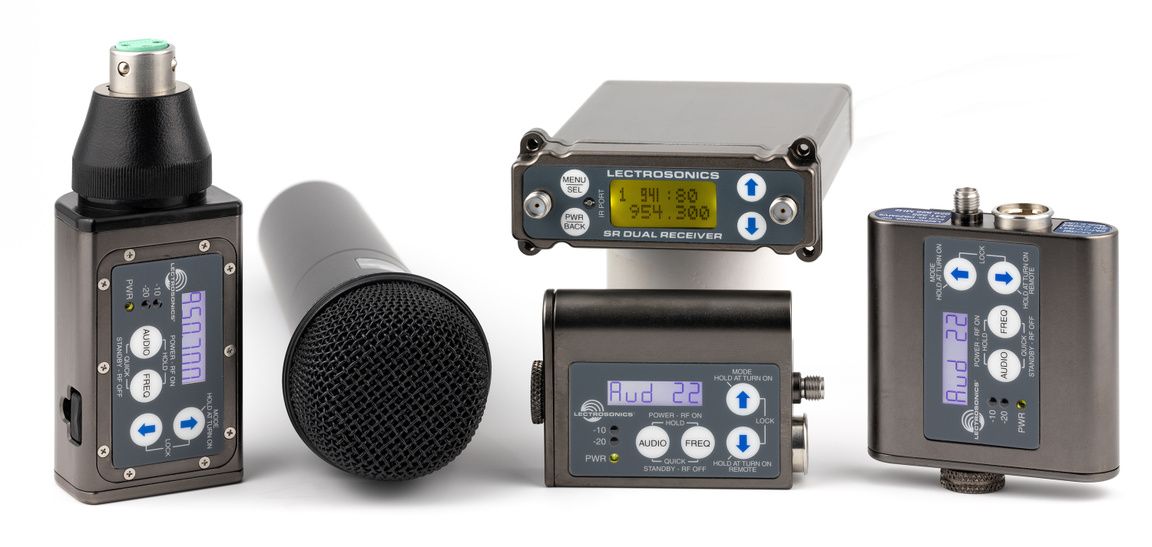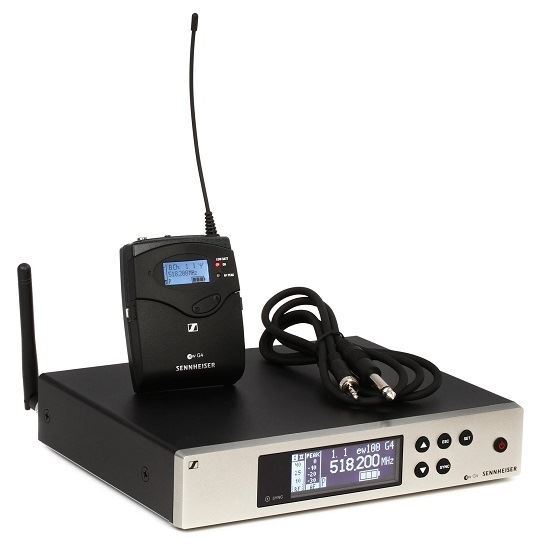


The reason for this is mostly historical – before digital television (DTV) became available, analog TV stations had to be spaced apart from each other. What Else is the RF Spectrum Used for?īeyond the need to simply have each wireless channel on its own frequency, the space that most wireless microphones work in is already filled with other transmitters, in particular television stations.

While we’ve used wireless microphones as an example, the same concepts apply broadly to all production wireless systems (IEM, wireless intercom, etc.). Professional shows that have a lot of wireless channels use the most expensive wireless systems, which are designed to have a wider tuning range and to work better in large systems. The very cheapest of wireless systems don’t allow any tuning of different frequencies at all, while inexpensive systems have the ability to tune, but over a limited range. Each channel (one transmitter, one receiver) of wireless must have its own frequency to avoid interfering with other channels. This works great and doesn’t require much thought, as long as you only have one microphone and receiver to work with. Each transmitter must have its associated receiver, which takes the radio signal and turns it back into audio so that it can be connected to an audio system. How Does a Wireless Mic Work?Ī wireless microphone works by transmitting a radio signal from the microphone (also called a transmitter) through the air to a nearby receiver. Because this is such a big topic we’ve decided to break it into a series of smaller chunks, so stay tuned for future articles in this series. Welcome to the first in a series of posts about the practical theory for successfully using wireless microphones. We’ll also be putting a spotlight on wireless through this blog series. Check out our Upcoming Events page for more details, and to reserve your spot. In the months of May and June, we’ll be joined by industry veteran and RF expert James Stoffo for two special webinar presentations on production wireless.


 0 kommentar(er)
0 kommentar(er)
